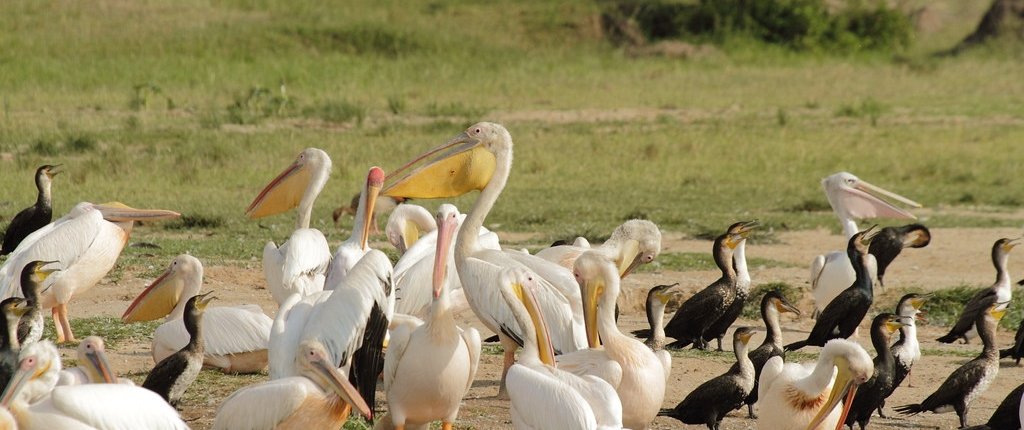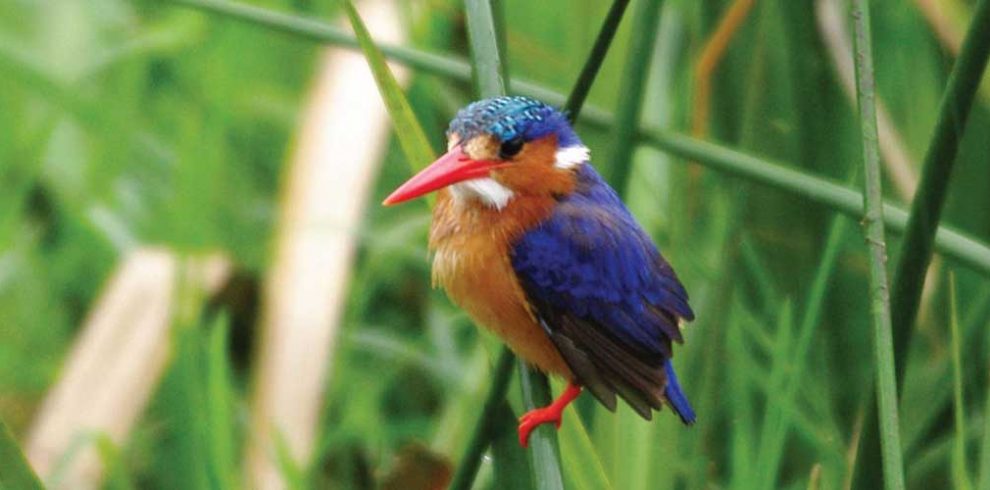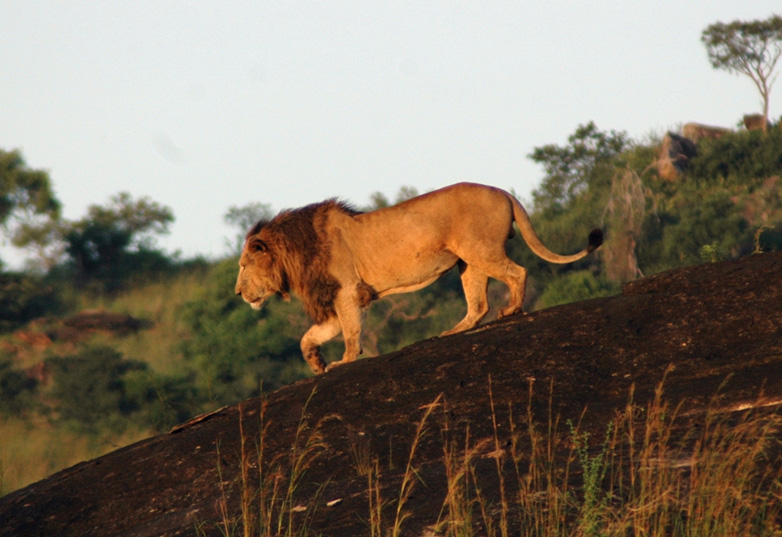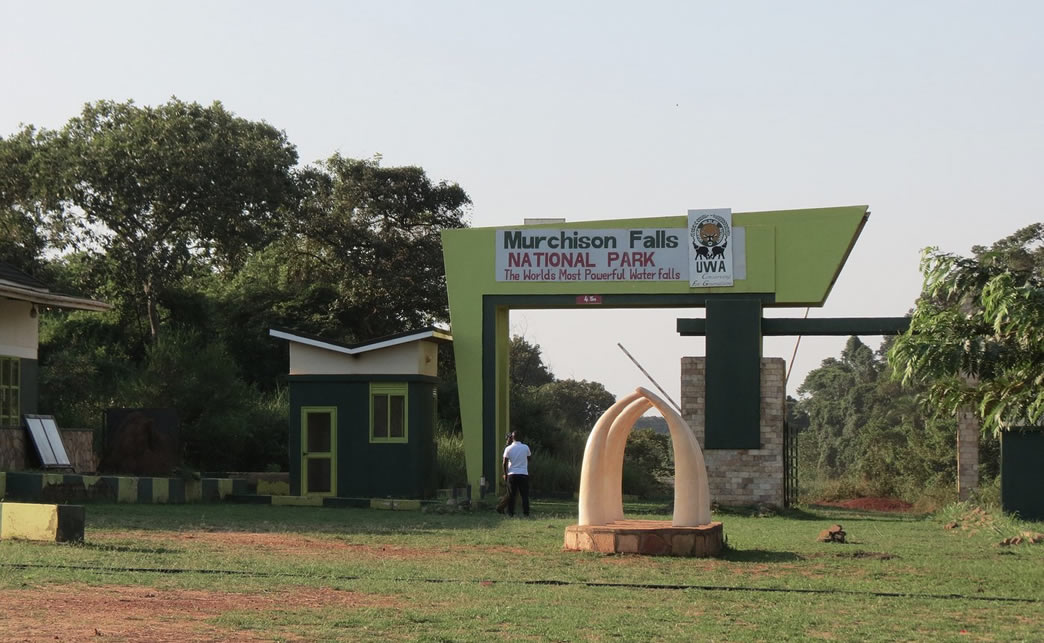
Queen Elizabeth national park birds
Queen Elizabeth national park birds
Queen Elizabeth national park birds : Queen Elizabeth National Park is not only a popular national park in Uganda but also a great birding destination, this beautiful destination is found in western Uganda stretching from the crater – dotted foothills of the Rwenzori ranges in the north, along with the shores of Lake Edward to the remote Ishasha River in the South.
Queen Elizabeth National Park covers an area of 1,978 square kilometers incorporating a wide variety of habitats that range from open savannah to rainforest, dense papyrus swamps and brooding crater lakes to the vast Lake Edward which act as habitats for several bird species.
Queen Elizabeth National Park hosts a remarkable bird list of 606 species which is the largest population of any protected area in Area, birds in the park include 11 species of global conservation concern that have been recorded.
Notable bird species in Queen Elizabeth National Park include Malachite and Pied Kingfishers, White-winged Terns, Swamp Fly-catcher, Grey-capped Warbler, Grey-headed Kingfisher, Collard Pranticole, African Jacana, Pin-tailed Whydah, Martial Eagle, Gabon and Slender-tailed Nightjars, the lovely Black-headed Gonolek, Great and Long-tailed Cormorants, Common Squacco Heron, African Skimmer, African Fish Eagle, Verreaux’s Eagle-Owl, Sedge Warbler, White-winged Warbler, Papyrus Gonolek, Papyrus Canary, Great White and Pink-backed Pelicans, African Mourning Dove, African Open-billed Stork, Black-rumped Buttonquail, Yellow-billed, open-billed and Marabou Storks, Egyptian Goose, a number of Gull species among others.
Queen Elizabeth national park also hosts spectacular flocks of flamingoes found in the crater lakes area.
Queen Elizabeth National Park has various habitats for birds and these are as below
Maramagambo Forest
The Maramagambo Forest is located on the right side of the western rift Valley arm along the Kichambwa Escarpment all through to Lake Edward. The forest hosts a variety of birds including uncommon species like the Rwenzori Turaco, the white Naped pigeons, the forest flycatchers among others. Other birds you will see in the Maramagambo forest include African fin foot, yellow bill, black coucal, red – throated wryneck, blue shouldered Robi chat, Africa mustached warbler, barbets, African emerald cuckoo, brown illadopsis and many more.
Katwe Area
The Katwe area also known as The Lake Katwe Area is found inside Queen Elizabeth National Park at the floor of the Western Rift Valley in the South East of the Rwenzori Massif and on the west side of the Kazinga Channel.
Lake Katwe is a salt lake and it is where salt is being mined using traditional methods, the Katwe Area consists of 8 explosion craters including Lake Katwe, Lake Munyanyange, Lake Bunyampala and Lake Kikorongo. The lakes host huge populations of flamingoes (lesser and greater flamingoes), Eurasian Mash Harrier, Montagu’s Harrier, Pallid Harrier, Avocet, curlew sandpiper, lesser black – backed gull, red-capped lark, gull-billed tern, African mustached among others.
Katuguru Bridge Area
The Katuguru Bridge Area is an area around the Katunguru Bridge where the Kazinga Channel crosses from Kasese district to Rubirizi district, the area is dominated by papyrus swamps which is a habitat to birds such as papyrus gonolek, white winged tern, pied kingfisher, malachite Kingfisher, white winged warbler, greater swamp warbler and lesser swamp warbler among others.
Lake Kikorongo Area
The Kikorongo Area is an extension of Lake George and is surrounded by lush green vegetation, unlike Lake Katwe, Lake Kikorongo found in the north of Queen Elizabeth National Park is less salty because of sporadic flooding of Lake Gorge into it.
Birds found in the Lake Kikorongo Area include shoebill, common squacco heron, saddle – bellied stork, scared ibis, knob – bellied duck, black crake, African jacana, yellow wagtail, lesser swamp warbler, less swamp warbler, great swamp warbler, white – winged warbler, papyrus gonolek, African jacana among others.

Kasenyi Area
The Kasenyi Area also known as Kasenyi plains are found in the North Eastern part of Queen Elizabeth National park and is also known as the Mweya sector, the area is dominated by open savannah which is a habitat for several bird species and these include black belied bustard, flapet lark, white tailed lark, palm but culture, long created eagle, croaking cisticola, hooded vulture, white backed vulture, brown backed scrub Robin, sitting cisticola, ripeols griffon vulture and grey backed fiscal among others.
Ishasha Sector
The Ishasha sector is located in the southern sector of Queen Elizabeth National Park, though the area is famously known for tree climbing lions, it is a great habitat for a variety of birds including the long-crested eagle, Senegal plover, striped kingfisher, African white-backed vulture, grey woodpecker, broad-billed roller, martial eagle, African green pigeon, Ross’s turaco, African crake, white-headed barbet, grey-backed fiscal, African wattled plover, Black coucal among others.
The Mweya Peninsular Area
The Mweya Peninsula is the most visited area in Murchison Falls National Park situated on the northern bank of the Kazinga Channel and provides direct access to the Kazinga Channel and Lake Edward.
The Mweya Peninsular Area is one of the finest places where one can spot different bird species including raptors, African mourning doves, diederik cuckoos, squire – tailed Nightjars, slender – tailed Nightjars and swamp jars among others.

When to go birding in Queen Elizabeth National Park
Birdlife in Queen Elizabeth National Park is good all year round, however the best time for birding is from late May to September when the rain is less and food is abundant. The period between June to August has the least rain while March to May and September to November are the highest rainy seasons. The heavy rains might delay your experience due to the impassable roads and slippery hiking trails limiting your bird watching time.






